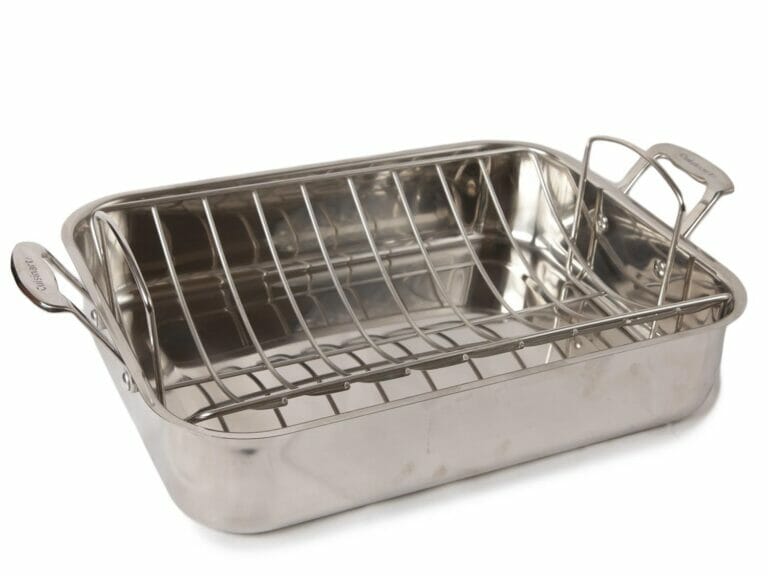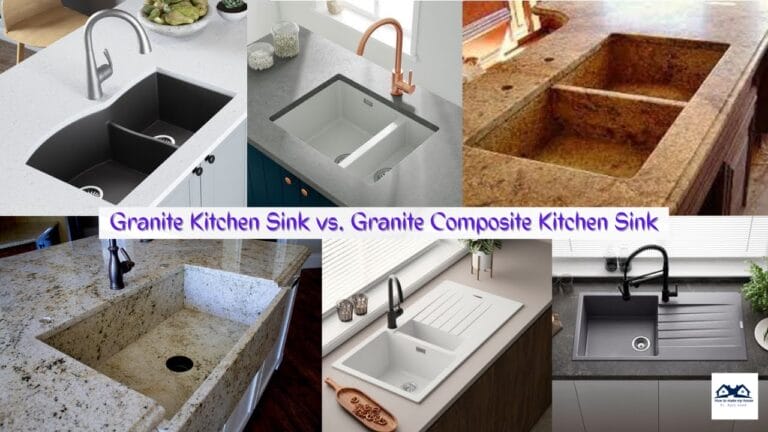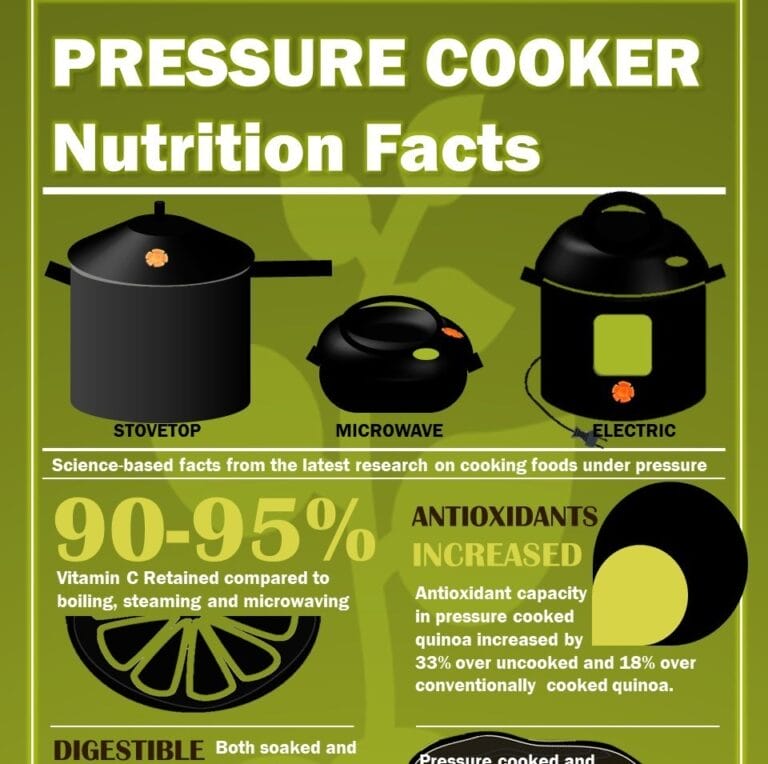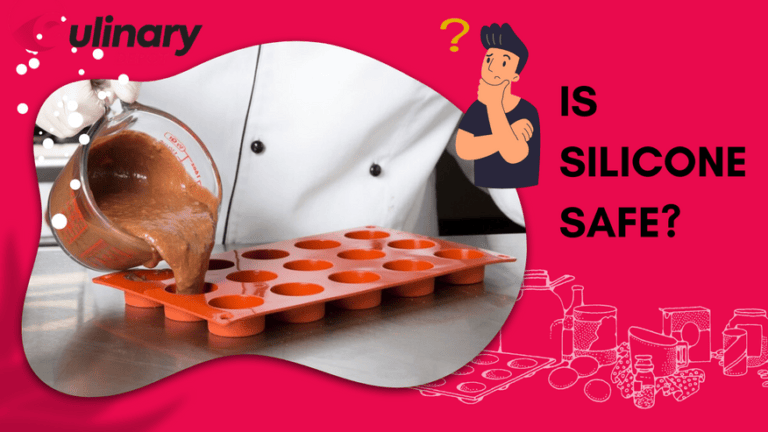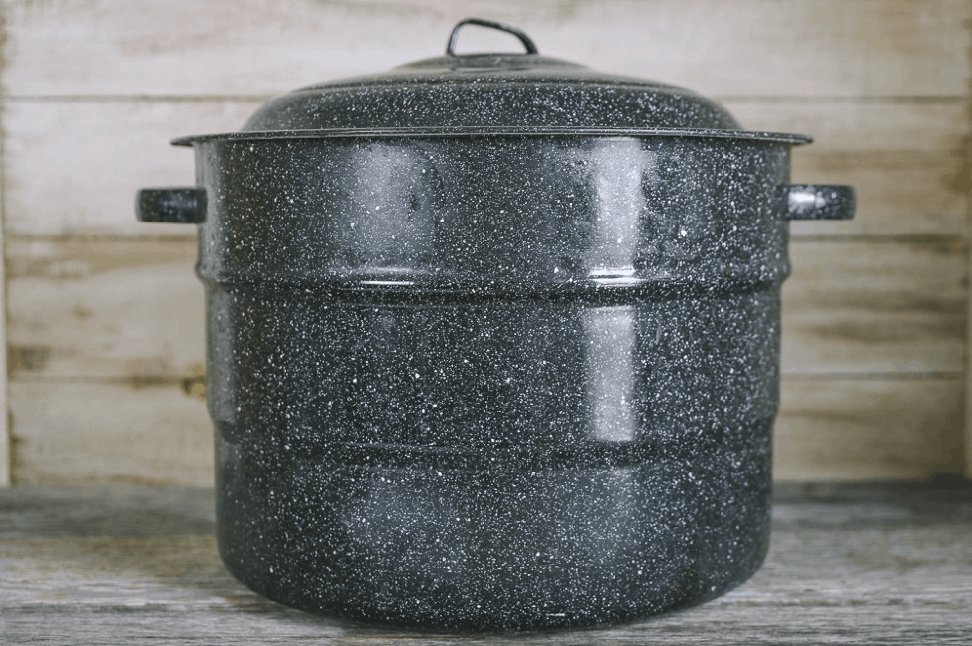
When it comes to water bath canning, choosing the right equipment is crucial. One common question that often arises is, “Are canning pots suitable for water bath canning?” Well, let’s dive into this topic and find out!
Canning pots are a popular choice for many home canners due to their versatility and convenience. However, when it comes to water bath canning, there are a few factors to consider.
In this article, we will explore the suitability of canning pots for water bath canning and provide you with all the information you need to make the best decision for your canning adventures. So, let’s get started!
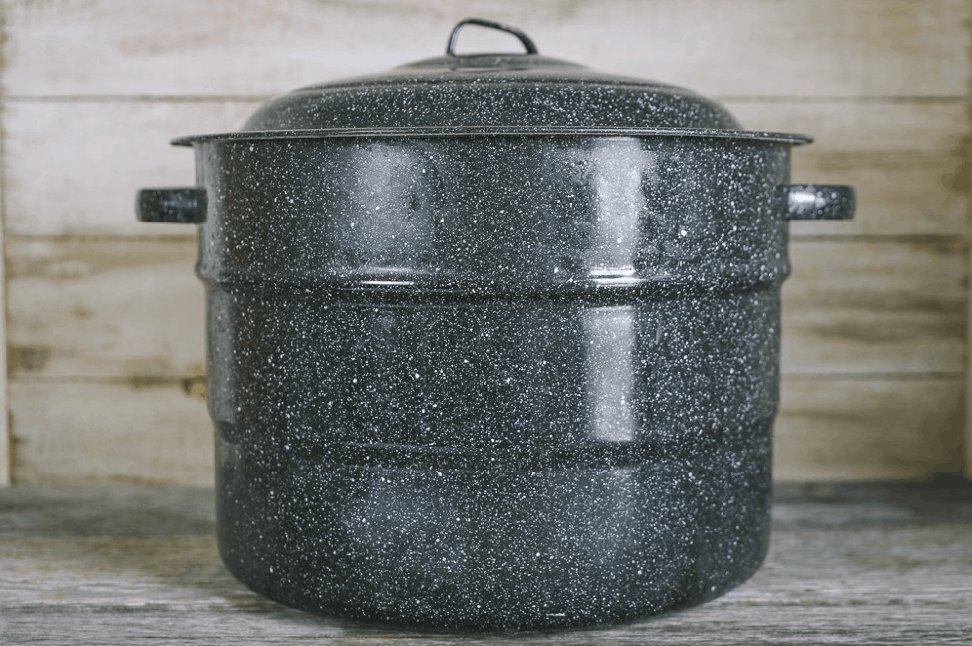
Are Canning Pots Suitable for Water Bath Canning?
When it comes to water bath canning, using the right equipment is essential. While canning pots are commonly used for canning, they may not always be suitable for water bath canning.
Water bath canning requires a pot with a fitted lid and a rack to hold the jars off the bottom. Canning pots can sometimes lack these specific features. It’s important to choose a pot specifically designed for water bath canning to ensure the safe and successful preservation of your food.
What is Water Bath Canning?
Before diving into the suitability of canning pots for water bath canning, let’s first understand what water bath canning is. Water bath canning is a method of preserving high-acid foods by sealing them in jars and immersing them in boiling water.
This process creates a vacuum seal, preventing the growth of bacteria and other microorganisms that can cause spoilage. Water bath canning is safe for fruits, jams, jellies, pickles, and other high-acid foods, but not recommended for low-acid foods like meats and vegetables.
Now, let’s explore the factors that determine whether canning pots are suitable for water bath canning.
Size and Depth of the Canning Pot
The size and depth of the canning pot are important considerations when determining its suitability for water bath canning. A proper canning pot should be deep enough to fully submerge your jars in boiling water, with at least one to two inches of water covering the tops of the jars. This ensures that the heat can penetrate the jars evenly and effectively pasteurize the contents.
Additionally, the size of the canning pot should be large enough to accommodate the number of jars you plan to process at once. Overcrowding the pot can hinder the circulation of heat and compromise the quality of your canned goods. It’s recommended to leave some space between the jars and the sides of the pot to allow for proper heat circulation.
If your canning pot meets these size and depth requirements, it is suitable for water bath canning.
The Material of the Canning Pot
The material of the canning pot is another important factor to consider. Traditionally, canning pots are made of enameled steel or aluminum, both of which are excellent conductors of heat. These materials ensure even heat distribution and help maintain a consistent boiling temperature throughout the canning process.
Stainless steel canning pots have also gained popularity due to their durability and non-reactive properties. They are less prone to corrosion and can be used with all types of cooktops, making them versatile options for water bath canning.
However, it’s important to avoid using pots made of materials that are not suitable for prolonged exposure to high heat, such as non-stick or glass pots. These materials may not withstand the high temperatures required for water bath canning and can potentially lead to breakage or other safety hazards.
Presence of a Rack or Trivet
Another consideration for a canning pot’s suitability is the presence of a rack or trivet. These accessories help prevent direct contact between the jars and the bottom of the pot, which can cause uneven heating or even breakage. The rack or trivet also allows for proper water circulation around the jars, ensuring even heat distribution.
If your canning pot does not come with a rack or trivet, you can use a silicone trivet or even a folded kitchen towel placed at the bottom of the pot to create a buffer between the jars and the pot’s surface.
Temperature Control
Temperature control is essential when water bath canning to ensure that the contents of the jars reach the necessary temperature for proper preservation. Some canning pots come with built-in temperature control mechanisms, such as a built-in thermometer or a weighted gauge to regulate the boiling temperature.
If your canning pot does not have these built-in features, you can use an external thermometer or a digital kitchen thermometer to monitor the temperature of the water during the canning process.
Now that we have explored the factors determining the suitability of canning pots for water bath canning, let’s discuss some additional considerations for a successful canning experience.
Additional Considerations for Water Bath Canning
When engaging in water bath canning, there are a few additional considerations that can contribute to the success of your canning endeavors. Let’s take a look:
Using Proper Canning Jars
It is important to use jars specifically designed for canning when water bath canning. These jars are made of tempered glass and are resistant to thermal shock, ensuring they can withstand the high temperatures of the canning process. They also have sealable lids that create an airtight seal when properly processed.
Correctly Sterilizing the Jars
Prior to filling your jars with your chosen high-acid foods, it is essential to properly sterilize them to eliminate any bacteria or microorganisms that may interfere with the canning process. Sterilization can be achieved by boiling the jars in water for a specific period of time or using a dishwasher with a sterilization function.
Following the Recommended Processing Time
Each recipe for water bath canning comes with a recommended processing time that ensures the contents of the jars reach the required temperature for safe preservation. It is important to follow these processing times diligently to prevent under-processing or over-processing, which can lead to spoilage or texture issues.
Allowing Jars to Cool and Settle
After the jars have been processed in the boiling water bath, it is crucial to allow them to cool, undisturbed, for a specific period. This allows the contents of the jars to settle and the vacuum seal to form properly, ensuring the long-term preservation and safety of your canned goods.
When it comes to water bath canning, using suitable equipment is essential for the successful and safe preservation of high-acid foods.
Canning pots, if they meet the size and depth requirements, are made of suitable materials, and have proper temperature control mechanisms, can be an excellent choice for water bath canning.
However, it is important to consider additional factors such as the presence of a rack or trivet and the use of proper canning jars. By following these guidelines and considering the necessary steps, you can enjoy the many benefits of water bath canning and create delicious, homemade preserved foods that last for months to come.
Frequently Asked Questions
Introduction:
When it comes to water bath canning, using the right equipment is crucial for safe and successful preservation. In this article, we will answer some common questions about using canning pots for water bath canning.
1. Can I use a regular pot for water bath canning?
No, regular pots are not suitable for water bath canning. Unlike canning pots, regular pots may not be deep enough to fully submerge jars in water. This can lead to uneven heat distribution and improper processing, which can result in unsafe, improperly sealed jars.
Canning pots, on the other hand, are specifically designed for water bath canning. They are deep enough to fully cover the jars with water, ensuring even heat distribution during processing. Investing in a canning pot is an important step to ensure the safety and quality of your canned goods.
2. Are canning pots different from stock pots or pressure cookers?
Yes, canning pots are different from stock pots or pressure cookers. While all three types of pots can hold liquid and heat food, canning pots are specifically designed for water bath canning. They are made of materials that can withstand high temperatures and prolonged exposure to water.
Stock pots are generally used for cooking large batches of food, and pressure cookers are used for cooking under pressure. While they may have some similarities in terms of size and capacity, they are not suitable for water bath canning due to their design and materials.
3. Do I need a canning rack for water bath canning?
Yes, a canning rack is recommended for water bath canning. A canning rack helps to keep the jars off the bottom of the pot, allowing water to circulate freely around them. This promotes even heat distribution and helps prevent the jars from breaking during processing.
If you don’t have a canning rack, you can use a silicone trivet or create a makeshift rack using metal jar rings or a folded kitchen towel. The important thing is to elevate the jars to ensure proper water circulation and prevent direct contact with the bottom of the pot.
4. Can I reuse canning lids for water bath canning?
No, canning lids are designed for one-time use only. When you water bath can, the heat and pressure create a seal between the lid and the jar, ensuring the contents are properly preserved. Reusing lids can compromise the seal and increase the risk of spoilage or contamination.
It’s recommended to use new canning lids for each batch of canning to ensure the best results. While the jars and bands can be reused, the lids should always be new for optimal safety and preservation.
5. Can I use a canning pot for other cooking purposes?
Yes, you can definitely use a canning pot for other cooking purposes besides water bath canning. Canning pots are versatile and can be used for boiling or simmering large batches of food, making them great for soups, stews, and chili.
However, it’s important to note that once a canning pot has been used for water bath canning, it should not be used for pressure canning without a rack or basket insert. The extreme heat and pressure in pressure canning can cause warping or damage to the pot, compromising its performance.
If you’re into canning, make sure to use a canning pot and not just any pot. Canning pots are specially designed to withstand high temperatures and have racks for easy jar handling. The other pots may not distribute heat evenly, which can lead to spoiled food.
Another thing to remember is that not all canning pots are suitable for water bath canning. Water bath canning is a method used to preserve high-acid foods like fruits and tomatoes. So, if you want to try water bath canning, make sure your pot is deep enough to cover the jars with at least an inch of water. Happy canning!

